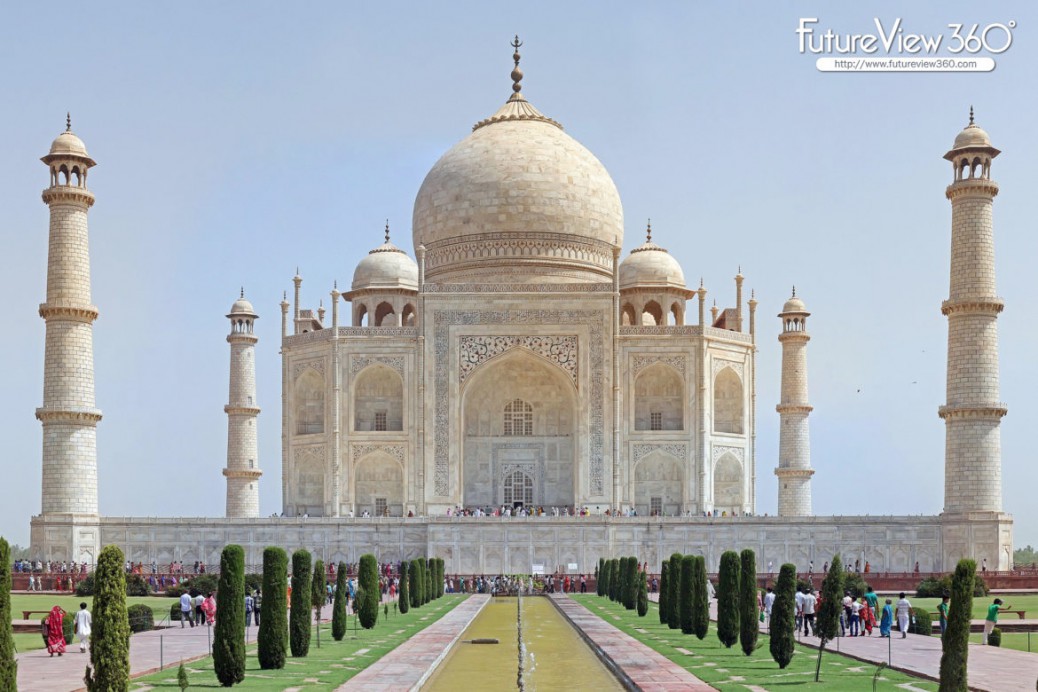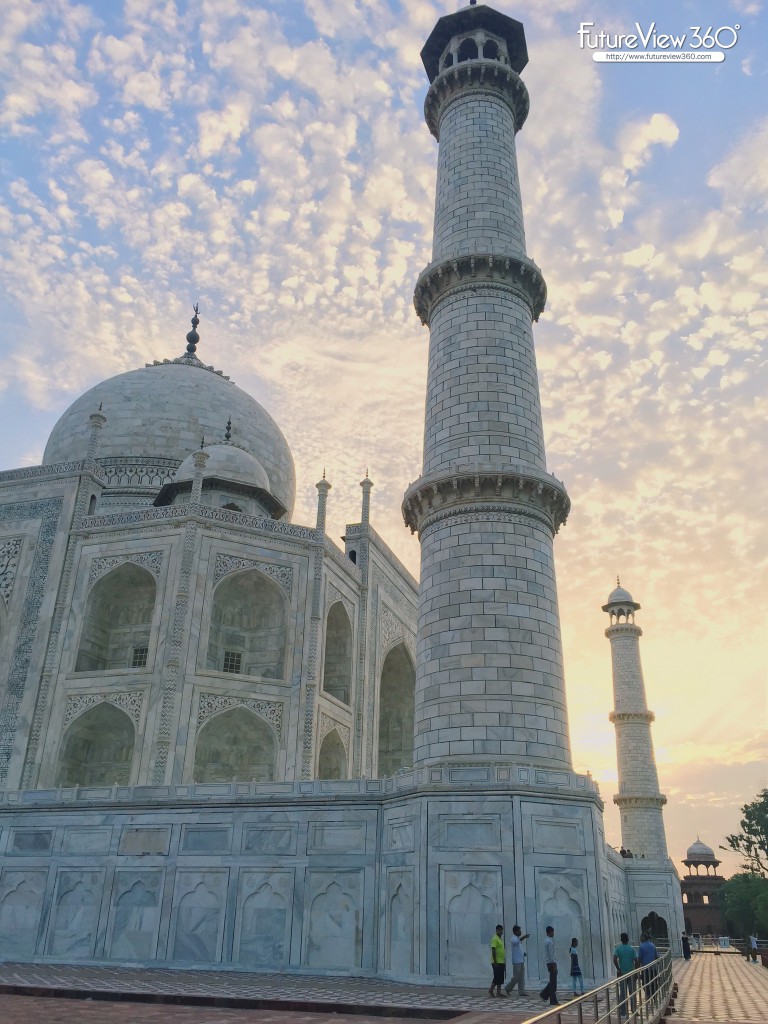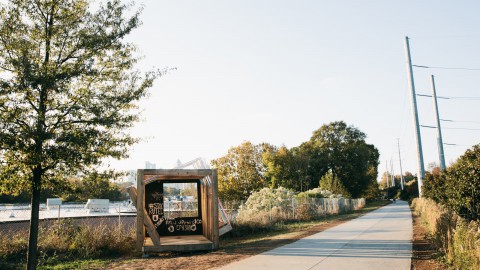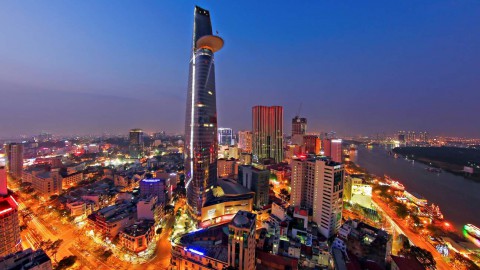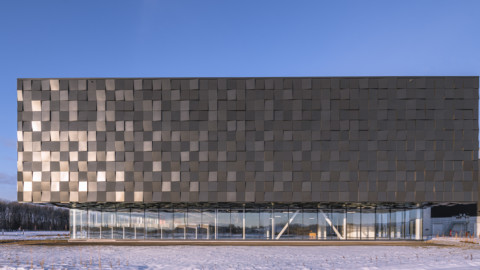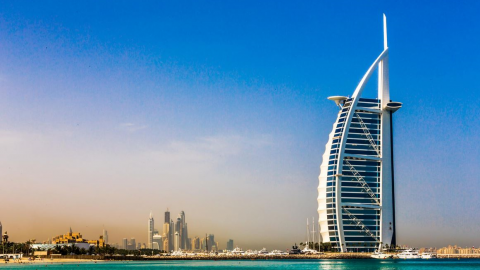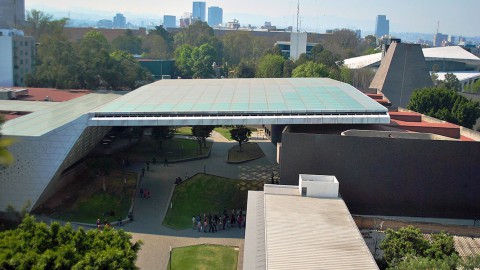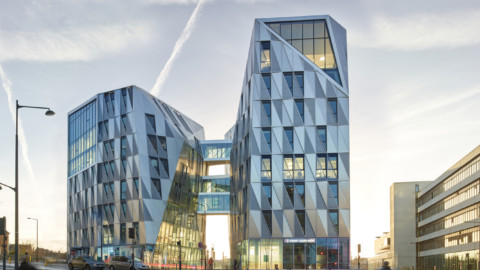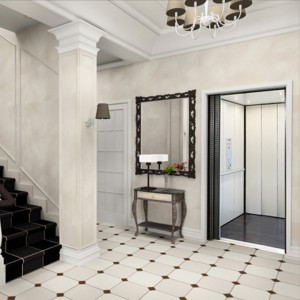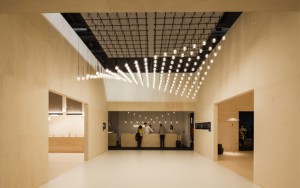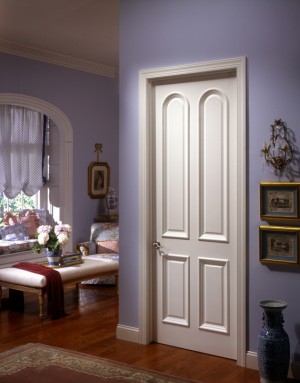Taj Mahal 泰姬瑪哈陵
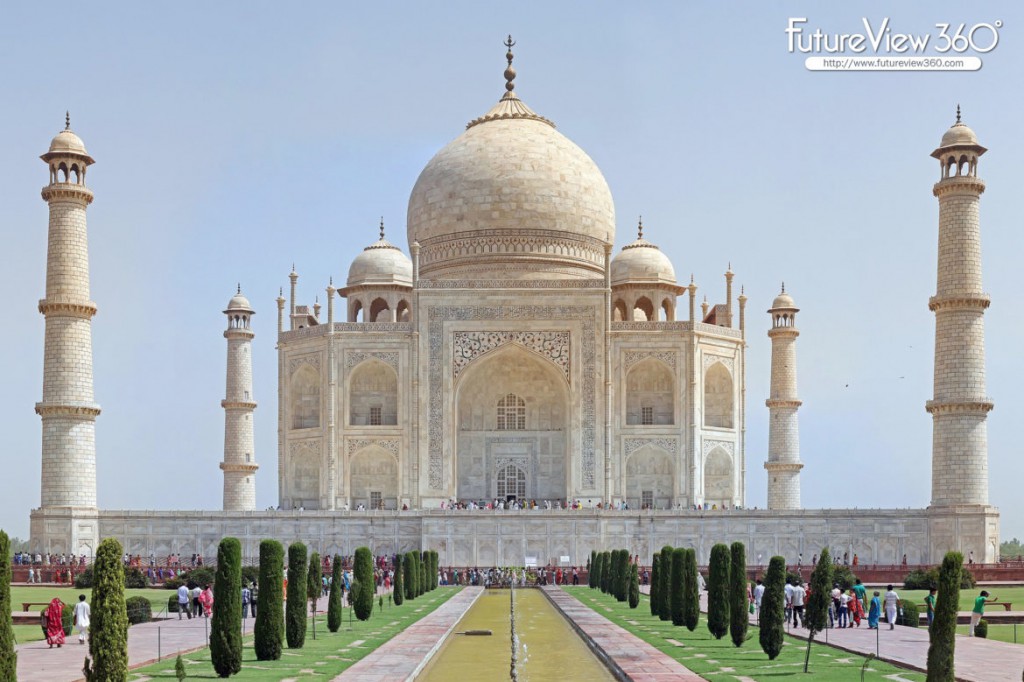
Location:Agra, Uttar Pradesh, India
Coordinates: 27°10′30″N 78°02′31″ECoordinates: 27°10′30″N 78°02′31″E
Area:17 hectares
Height:73 m (240 ft)
Built:1632–53
Built for Mumtaz Mahal
Architect:Ustad Ahmad Lahauri
Architectural style(s): Mughal architecture
Visitors :7–8 million (in 2014)
Governing body:Government of India
地點:印度北方邦阿格拉
坐標:27°10’30“N 78°02’31”ECoordinates:27°10’30“N 78°02’31”E
面積:17公頃
高度:73米(240英尺)
建於:1632年至1653年
專為Mumtaz Mahal而建
建築師:Ustad Ahmad Lahauri
建築風格:莫臥兒建築
參觀者:7-8百萬(2014年)
理事機構:印度政府
Taj Mahal’s Taj, the transliteration of Taj, is the meaning of the crown, so it is not possible to call Ajumand Bezi Bicum, who was buried here, as Taj. Ajumand was the niece of the 20th wife of Sharjah’s father, Jahangir, who was married to Sharjah, who was then Prince Kulamu, and was given to Mutazhi Maha. The title of (Mumtaz Mahal). In the 19th year of entering the palace, she suffered from multiple pregnancies, and she had 8 males and 6 females. In 1630, when Ji Mann Barnu gave birth to Gauhara Begum in the 14th time, she was unfortunately infected with calving fever and died in the military camp of Nanzheng. Before the end of his life, he made three wishes to Sharjah, one of which was to build the most beautiful mausoleum in the world for her.
泰姬瑪哈陵的泰姬二字,是Taj的音譯,為皇冠之意,因此並不能稱呼葬於此的亞珠曼德·貝儂·比古姆為泰姬。亞珠曼德是沙迦罕父親賈漢吉爾的第20個妻子——茉荷茹妮莎的姪女,1612年與當時還是庫拉穆王子的沙迦罕結婚,被賜予慕塔芝瑪哈(Mumtaz Mahal)的封號。入宮19年,苦於多孕,生有8男6女,1630年,姬蔓·芭奴在第14次分娩Gauhara Begum時,不幸感染產褥熱,死於南征的軍營中。臨終前向沙迦罕提出了3個遺願,其中一項就是為她建造一座全世界最美麗的陵墓。
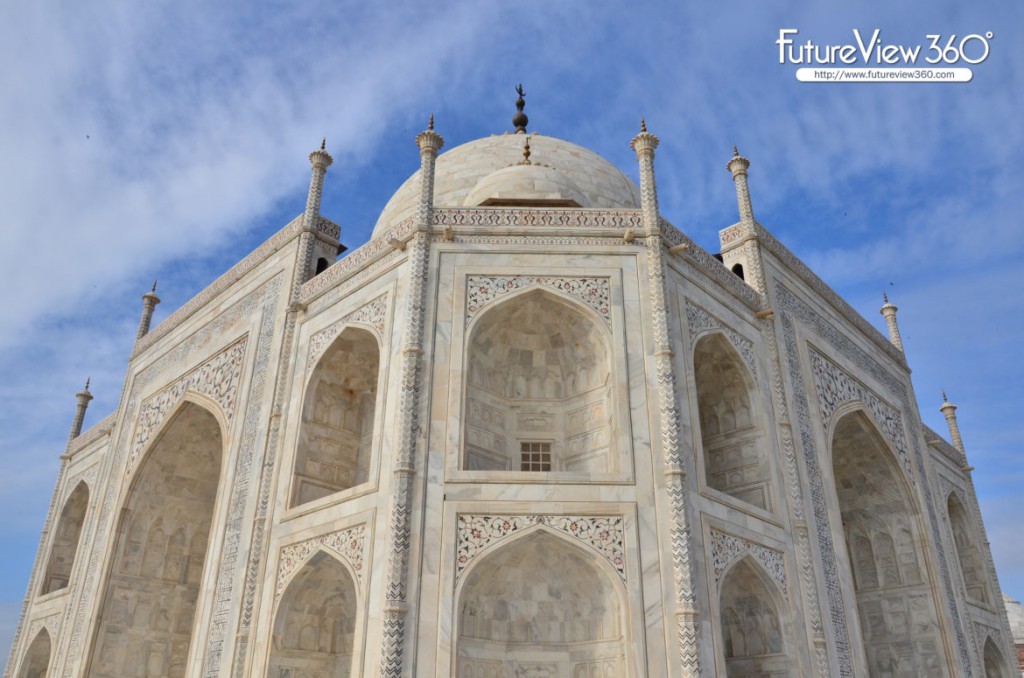
In 1632, the Taj Mahal began construction in the large garden at the turn of the Yamuna River in northern India. The primary task of this project is to plant trees. Since the growth of the trees is extremely slow, it will take at least 10 years. Let the tree grow. At that time, the highly prestigious architect Laholi used the Humayun Tomb of Delhi as a blueprint to mobilize 20,000 artisans and calligraphers from all over the world to integrate the local styles of Central Asia, Persia and India. It took 22 years. Completed this pure white and marble-built art building for an estimated total cost of 40 million rupees. The Taj Mahal building is made from more than 1,000 elephants from all over India and Asia. Turquoise comes from Tibet, lapis lazuli comes from Afghanistan, crystal and jade comes from the Ming Dynasty in China, and Jasper comes from Punjab in India. , sandalwood and ruby from southern India, malachite and glaze from Myanmar, ivory and white jade from Thailand, sapphire from the Indian subcontinent next to Sri Lanka, agate and obsidian from Arabia, coral and fluorite from Persia, gold and silver from North Korea Emeralds and antlers come from Vietnam. A total of 28 gems and semi-precious stones are set in white marble. The Taj Mahal is 250 feet high and covers an area of about 170,000 square meters. It is 580 meters long and 305 meters wide. It has a vestibule, main entrance, Mengzier Garden, mausoleum and mosque. To enter the main mausoleum, you need to take off your shoes or put on your shoe cover.
1632年,泰姬瑪哈陵在印度北部亞穆納河轉彎處的大花園內開始動工興建,這項工程的首要工作是種植樹木,由於樹的成長極為緩慢,因此至少要有10年的時間讓樹來成長。當時極負盛名的建築師拉何利以德里的胡馬雍陵為藍圖,動員2萬名來自世界各地的工匠和書法家,融合中亞、波斯和印度的本土風格,用了22年的時間完成了這座純白色及以大理石興建的藝術建築,總費用估計為4,000萬盧比。 泰姬瑪哈陵建築的材料是從印度各地和亞洲,以逾1千頭大象運送這些建築材料,綠松石來自西藏、青金石來自阿富汗、水晶和翡翠來自中國明朝,碧玉來自印度的旁遮普邦、檀香和紅寶石來自印度南部四邦、孔雀石和琉璃來自緬甸、象牙和白玉來自泰國、藍寶石來自印度次大陸旁邊的斯里蘭卡、瑪瑙和黑曜石來自阿拉伯、珊瑚和螢石來自波斯、黃金和白銀來自朝鮮、綠寶石和鹿角來自於越南。共有28種寶石和半寶石鑲嵌入白色大理石。泰姬瑪哈建物高250英尺,佔地約17萬平方公尺,南北長580米,寬305米,有前庭、正門、蒙兀兒花園、陵墓主體和清真寺。進入主陵需要脫掉鞋子或者穿上鞋套。
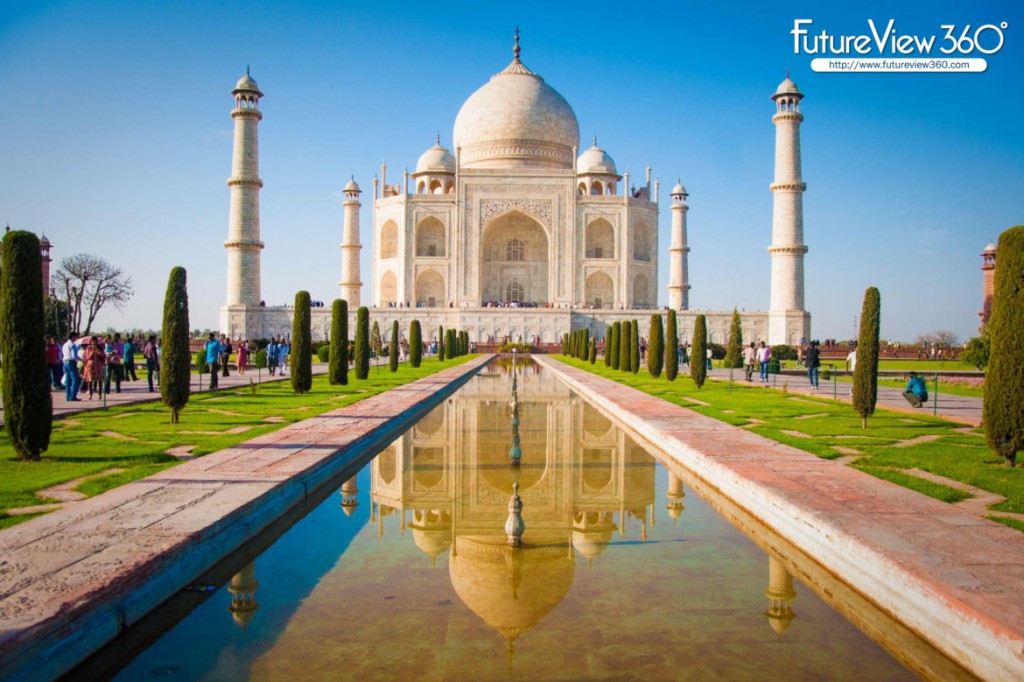
In recent years, with the development of industrialization in India, the Taj Mahal has been eroded by the acid rain generated by the Mathura refinery. The milky white marble wall has a yellow spot, the tomb has a small hole, and the silver door turns black. The Yamuna River near the Taj Mahal is heavily polluted and the chemical content in the river is high. Some experts believe that the base of the Taj Mahal will eventually collapse. Ecologists recommend planting mulberry trees around the Taj Mahal to absorb sulfur dioxide. The Indian government began to plant a large number of mulberry trees and set up the Taji Conservation Area.
近年來隨著印度工業化的發展,泰姬瑪哈陵因此遭受馬圖拉煉油廠產生的酸雨侵蝕,乳白色的大理石外牆出現了黃斑,墓室生出了小孔,白銀大門變黑。泰姬瑪哈陵附近的亞穆納河污染嚴重,河中化學物質含量偏高。有專家認為泰姬瑪哈陵的基座最終將會崩坍。生態學家建議在泰姬瑪哈陵周圍栽種桑樹來吸收二氧化硫。印度政府開始大量栽種桑樹,並成立泰姬保護區
FROM:The Story of the Taj Mahal for Kids: Famous World Landmarks for Children – FreeSchool
FROM:Taj Mahal, Agra, India in 4K Ultra HD
Don’t you think it’s addictive?
Want to know more about the beauty of architecture?
Come and join our members to explore the beauty of architectural design.
覺得看得不過癮嗎?
想要知道更多建築之美嗎?
快來加入我們的會員,一同探索建築設計之美。
The above article is purely for appreciation and sharing purposes, as well as the construction of new technology and the public can be in-depth understanding of the information at the same time there are sources, will be able to query, no use of the document as a commercial transaction, if illegal, please inform the We will immediately remove the site, thank you for cooperation.
以上文章純粹作為欣賞及分享用途,以及將建築新型技術傳遞給與大眾能夠深入了解,同時資料還有來源,將可查詢,絕無使用該文件資料作為商業交易行為,如有違法請務必告知該網站我們將立即處理撤除,謝謝合作。

